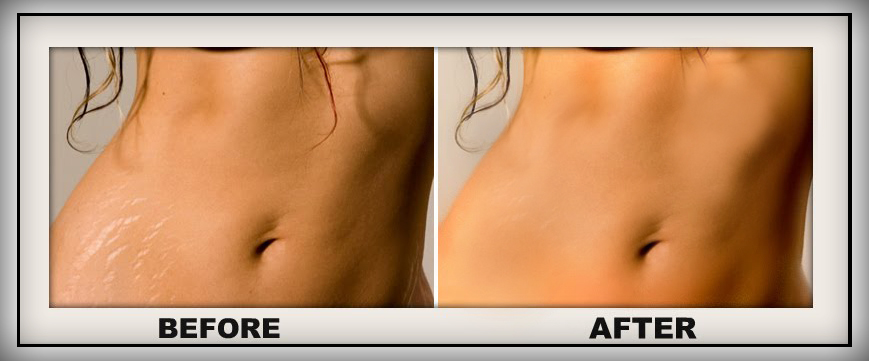Stretch Marks
Stretch marks are a normal part ofpuberty for most girls and guys. When a person grows or gains weight really quickly (like during puberty), that person may get fine lines on the body called stretch marks. Stretch marks happen when the skin is pulled by rapid growth or stretching. Although the skin is usually fairly elastic, when it's overstretched, the normal production of collagen (the major protein that makes up the connective tissue in your skin) is disrupted. As a result, scars called stretch marks may form.
If you're noticing stretch marks on your body, you're not alone. Most girls and women have stretch marks, which tend to show up on the breasts, thighs, hips, and butt. Many women get them during pregnancy. And while they're more common in girls, guys can get stretch marks, too.
People who are obese often have stretch marks. Bodybuilders are prone to getting stretch marks because of the rapid body changes that bodybuilding can produce. Stretch marks also may occur if a person uses steroid-containing skin creams or ointments (such as hydrocortisone) for more than a few weeks, or has to take high doses of oral corticosteroids for months or longer.
Various treatments are available for the purpose of improving the appearance of existing stretch marks, including laser treatments, dermabrasion, andprescription retinoids.[citation needed]Topical tretinoin (prescription retinoid) is categorized by the FDA as a knownteratogen (causing malformations in fetuses) in animals, without adequate human studies on safety in pregnancy.[9]Some cream manufacturers claim the best results are achieved on recent stretch marks; however, few studies exist to support these claims. A study in the journal Dermatologic Surgery showed that radiofrequency combined with 585-nm pulsed dye laser treatment gave "good and very good" subjective improvement in stretch marks in 33 of 37 patients,


